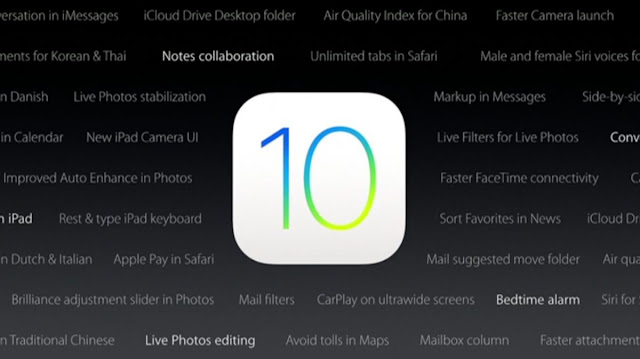There are a lot of free android antivirus apps which you can use on your Android smartphones and tablets to stay protected from viruses, malware, and spyware. undocopy.com listed here some of the most reliable and best free antivirus for android which will keep you tension free from the risk of malware and phishing activities etc.
Antivirus Android apps remain one of the most popular types of applications on Android. There have been arguments ad nauseum as to the benefit of antivirus apps and anti-malware apps on Android and those arguments are generally warranted. However, some people either like having that extra security or just want to be extra cautious just in case and there is nothing wrong with that. In this list, we’ll check out the best antivirus Android apps and anti-malware apps on Android!
Things to look out for in any antivirus will be:
1.Protection:Ability to detect the wide range of malwares with a less false detection rate. It is the most important aspect for choosing your AV.
2.Usability: Ease of use for using features . Generally all the softwares have good UI. So it is not that much imp .
3.Special features: The extra features provided by the AV in android are generally the tie-braker for choosing the right AV. Unlike PC the extra features of AV in the android are very important. Typically the extra features provided are
Locate your lost or stolen phone
Make your phone ring (shout) even if it is on silent mode
Wipe your phone and SD card content
Notify if someone enters wrong passwords when trying to unlock your phone
SIM Lock : Automatically locks your phone whenever someone replaces your SIM card
App locker : lock apps to protect your privacy and safety or lock your device settings to secure its configuration
App Backup : backup apps from your device to your SD card so you can restore them whenever necessary.
There are a lot free antivirus apps for the security of your android phone in appstore.
1. Avast mobile security-
The free version comes with pretty basic features like antivirus, antimalware, junk cleaner. But to make it fully functional, first we need to register, which is free, to get access to all these functions.
Has features for root users including firewall services.
2. AVG antivirus security-
The free version comes with the basics like antivirus, anti-phishing, anti-theft and anti-malware features.
With over 100 million installs and a rating of 4.4.
Most secure browsing feature.
3. BIT defender antivirus-
Even though Bitdefender is a full-featured antivirus app, this one is really better. It’s wildly simple to use. Here’s how it works. You install it, scan for stuff, remove threats, and then it sits there and waits for bad stuff to try to come to you. That’s it. No ridiculous features and no nonsense.
4. CM Security- This is the best one with millions of users and very simple to use. It consists a lot more enabled features which makes it really a strong antivirus app.
Antivirus, anti-malware, and safe browsing features baked in.
Anti-theft functionality includes Google Maps integration, picture taking support, and scream mode.
Currently boasts a 100% detection rate.
Light on system resources makes it good for older devices.
5. Wolfguard mobile security antivirus-
Pretty basic features set but includes antivirus, anti-malware, and anti-phishing protection.
Anti-theft features are included.
Has the ability to scan links in text messages for malicious intent.
6. Norton Security and Antivirus-
Plenty of advanced features like app locking, privacy guard, anti-theft, and antivirus.
Has some other unique features like contact syncing and a central website to manage all devices.
Free version at least lets you scan and remove threats.
7. McAfee Free antivirus & Security-
App will literally lock down your phone if thieves attempt to uninstall it. Don't forget your PIN.
Anti-theft, antivirus, anti-malware, web surfing protection, call blocking, and app locking available.
8. Kaspersky Internet Security-
Free version is pretty basic but offers the essential antivirus and security features.
Anti-theft features available in the free version. That's a win.
Eset Mobile Security & Antivirus: Go Explore. Protect your smartphone or tablet with Mobile Security & Antivirus, premium internet security solution from ESET and enjoy the web and shopping online. Download FREE ESET antivirus or buy the PREMIUM version
Trend Micro: Trend Micro™ Mobile Security, Android™ Antivirus, & Performance Booster app provides 99.9% malicious app detection over 18 months according to Av-test.org. It is also certified by PCSL and AV-Comparatives. It includes an additional layer of billing security to protect against fake financial and shopping apps.
COMODO Mobile Security: Comodo Mobile Security (CMS) is designed to protect your Android devices against viruses, unsafe apps, potentially risky settings and even from theft. Not only that, it helps to protect your privacy and keeps your system optimized.
McAfee Free antivirus & Security-
App will literally lock down your phone if thieves attempt to uninstall it. Don't forget your PIN.
Anti-theft, antivirus, anti-malware, web surfing protection, call blocking, and app locking available.
Undocopy.com prefer and use the zone alarm antivirus which in its free version has :
1. auto update
2. Scheduled scan
3. Light on memory
4. Has features like finding and locking lost phones
5. Notifications of SIM card changes
We hope you liked the above-mentioned list of free antivirus for android phones and tablets. If you really find these best free antivirus app for android phone and tablet useful for you then please share your view with us through comments.

















